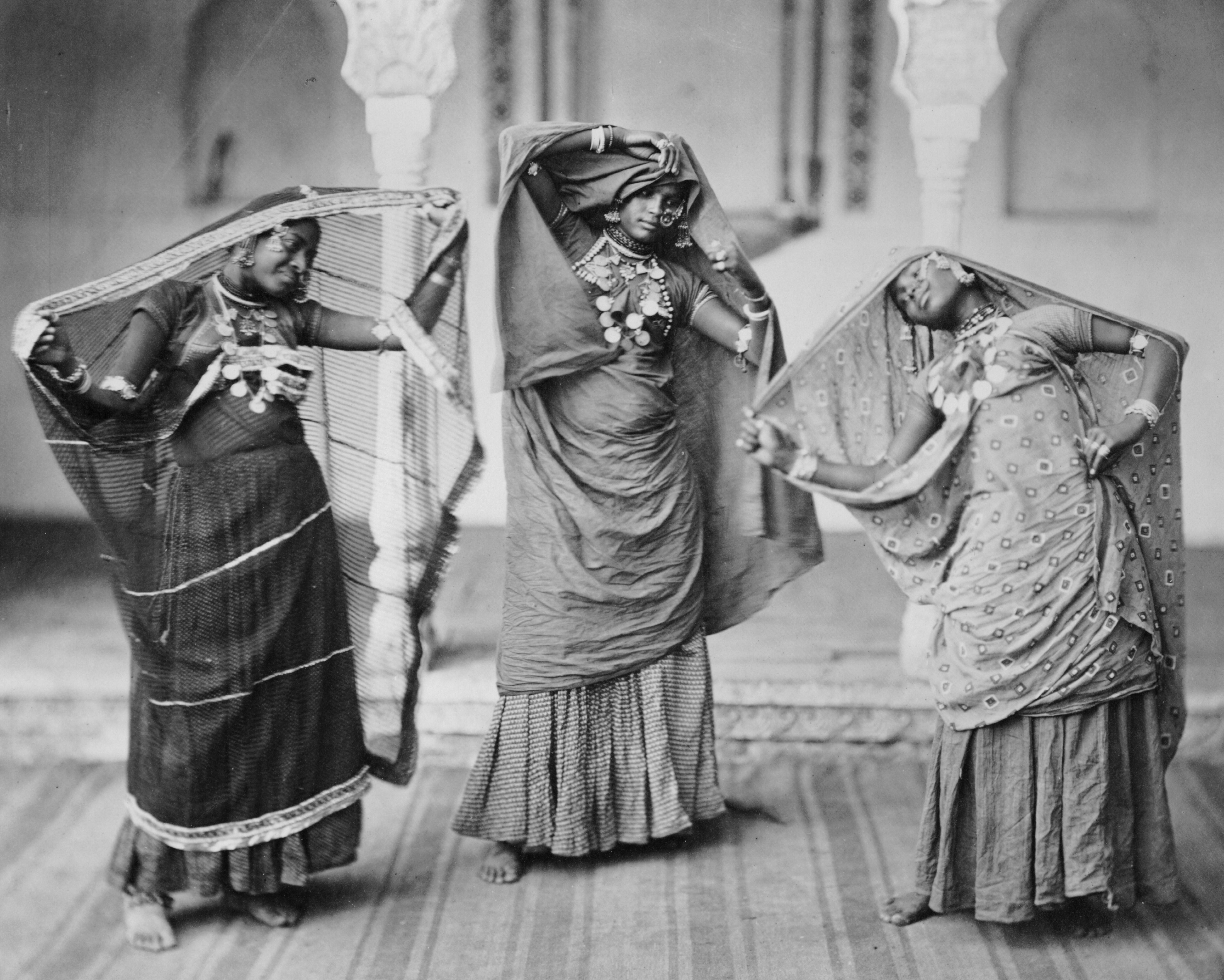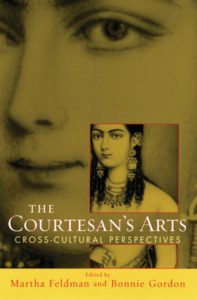This article draws attention to the pejorative treatment of “traditional female performers and courtesans” in the fabric of mainstream Indian cultural discourse. The article talks about how courtesans have been at the forefront of music, dance, poetry, theatre, and film in the country, yet have seldom been appreciated or even acknowledged, and often conflated with sex workers. Anasuya further discusses how this marginalization has seeped into public discourse: she discusses it in light of the Indian films that often portray the tawaif as a “tragic figure in need of rescue.”
From the article: “The complex history of the courtesan has great bearing on any of us today who want to understand how gender currently works in India, and even for those of us who live and love outside of the structures that are prescribed for us – queer people, single people, people fighting for the right to marry outside caste or religion, people fighting for the recognition of live-in relationships as legitimate ways of making a home with someone. This intricate history, still relatively unacknowledged in public conversations, is one deeply powerful place from which to have all of these conversations.”



